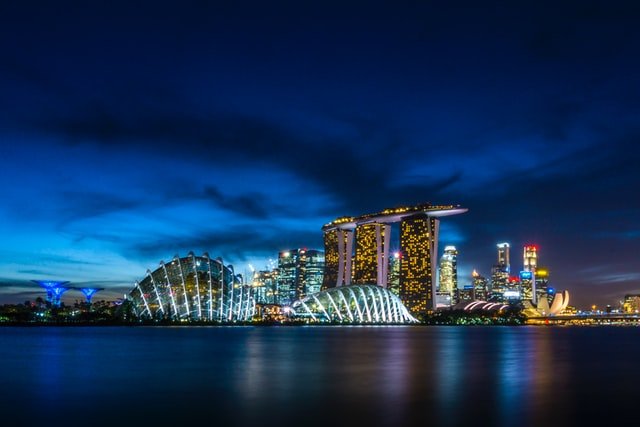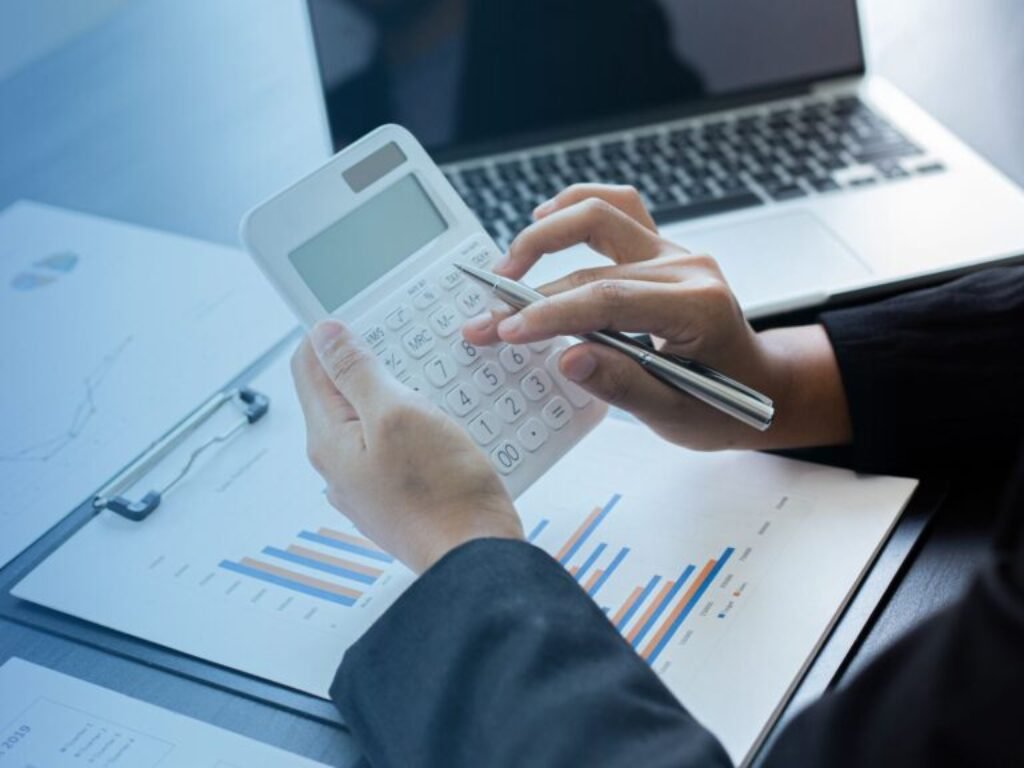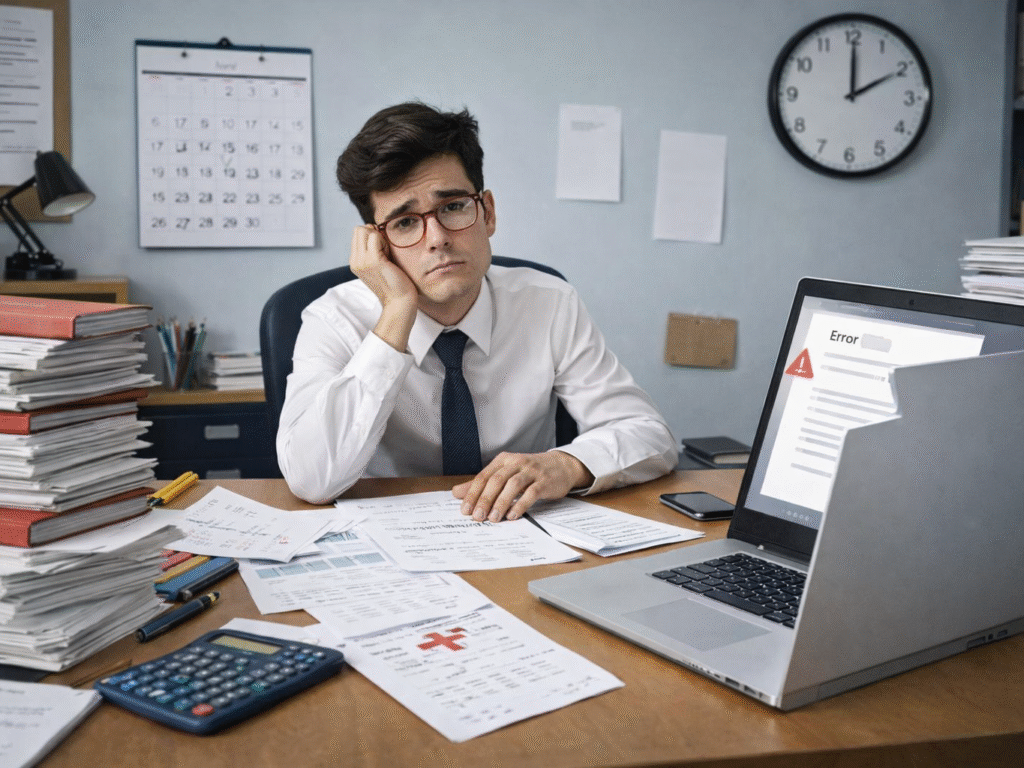A company in Singapore is eligible for a plethora of tax benefits. Some of these benefits are yearly affairs, whereas others are available for those in their starting years only. We often term these benefits as capital allowances.
We have come across companies having concerns about the capital allowances they can entail. This article is our attempt to clear any confusion regarding e capital allowances.
What are capital allowances?
For any business, profit refers to its income less its costs for the period. While some expenses are ‘allowable for tax,’ others are not. Those that are not added back to the profits while calculating its tax liability are ‘not allowable for tax.’
Capital allowances refer to capital expenditures companies can claim against their taxable profits. Such allowances apply to both tangible and intangible capital assets. These are available with respect to qualifying expenses incurred for your business.
Why claim capital allowances?
Companies regularly acquire capital assets to carry out their business successfully. These often entail high monetary outflow.
The primary reason for the existence of capital allowance is to claim a proportion of these costs as allowance and reduce the overall tax liability of the business. In addition, it allows companies, especially new ones, to have higher cash stacked for their business needs and manage their operations better.
Capital allowance vs. depreciation
A business requires a myriad of equipment for running its day-to-day operations. Most of these are costly and can take a toll on its profits if the entire deduction is made in the year of purchase.
So companies in Singapore and worldwide get the benefit of periodic deduction against the cost of these assets. We term it as ‘depreciation,’ and it caters to the routine wear and tear occurring because of usage.
In contrast, there are specific allowances beyond depreciation allowed to entities for purchasing eligible capital assets.
Also read our article on “Singapore Business Tax: Changes Post COVID-19”

Types of capital allowances
Singapore bifurcates capital allowances in two broad categories –
Annual allowance (AIA)
Under annual allowance, Singapore allows companies to deduct the total value of items purchased within the year or up to three years, subject to a limit of SGD 30,000 per annum. The allowance is allowed against qualifying plant and machinery.
First-year allowance
The first-year allowance is also known as an enhanced capital allowance, available for companies over and above the standard capital allowance (AIA). It is allowed for the purchase of certain assets within the first year of their acquisition.
Allowable capital allowances in Singapore
Qualifying fixed assets must be “plant and machinery” for use in your trade, business or profession.
The terms “plant” and “machinery” are not defined in the Income Tax Act. In this respect, problems have arisen in the interpretation of what a “plant” is for capital allowance purposes.
The term “plant” has been defined in the IRAS e-Tax Guide — Machinery and Plant: Section 19/19A of the Income Tax Act as the apparatus with which a person carries on a trade, business or profession, as opposed to the premises from which the trade, business or profession is carried on.
There are 3 elements to consider in determining whether an item can be considered as “plant”:
- a) Is the item stock-in-trade?
- b) Is the item used for carrying on the business (“business use” test)? and
- c) Is the item the business premises or part of the business premises (the “premises” test)?
Non-qualifying assets for capital allowances
ACRA does not allow capital allowance against the following assets –
- Any asset other than a capital asset.
- Any asset falling under the trading stock category of your company.
- An item used for the purposes of carrying on the business activities of the taxpayer does not qualify as a plant if the business uses it as the premises (or part of the premises) or place where the business is conducted. This is known as the “premises” test.
- Any asset not falling under the qualifying plant and machinery category.
Who can claim tax depreciation?
The Budget 2020 announced that capital allowances could no longer be availed on expenditures that companies fund using capital grants received from any statutory board or the government. But it is only applicable for grants approved on or after January 1, 2021.
Any company carrying on a legal business in Singapore is eligible to claim capital allowances. These benefits are only available against plants and machinery used for business purposes. The expense can involve payment for purchasing qualifying assets and making payments against them.
How to claim it?
For any business looking to claim capital allowances, a company will have to prepare the requisite schedules in their tax computation and submit them with Form C. Any entity submitting Form C-S will have to retain the calculations and submit them to IRAS after that.
Applicable sections for claiming capital allowance
Section 19 and Section 19A of the Income Tax Act rule capital allowances in Singapore. As per Section 19, a company can claim a deduction over the prescribed working life of the asset.
Section 19A allows it to claim the same within one year, two years, or three years depending on the class of plant and machinery.
Section 19 (Write-off over the prescribed working life of the asset)
The Sixth Schedule of the Income Tax Act defines the working life of every category of plant and machinery any business is likely to purchase. Section 19 allows entities to claim capital allowance within 6, 12, or 16 years not exceeding the prescribed life.
For example, if an asset has a prescribed life of six years, a business can claim an allowance over six years. But if the prescribed life is 16 years, the entity has the option to claim it over 6, 12, or 16 years. You will have to choose the period at the onset, and it is irrevocable.
The allowance is 20% of the cost in the first year and the balance is divided into the number of years of working life.
Section 19A (Complete write-off in the year of purchase)
Computers, low-value assets costing no more than SGD 5,000 and satisfying certain conditions, and prescribed automation equipment such as printers and computer software are eligible under complete write-off in the year of purchase. If the entity purchases these assets under hire purchase, 100% of the principal payment is allowed as an allowance.
Section 19A(10A) (One-year write-off of low-value assets)
Section 19A(10A) of the Income Tax Act allows plant and machinery of low value, including those acquired under hire purchase. The assets covered are those qualifying under Section 19, 19A, or 19A(1E) of the Income Tax Act.
In addition, the company must use them for the purpose of their business, and the cost should be below SGD 5,000. In addition, the total amount that a business can claim in every financial year is topped at SGD 30,000.
Section 19A (Write-off over three years)
If any entity has low-value qualifying assets they want to claim capital allowance on, they can do so in a span of three years. It is also applicable on assets purchased under hire purchase. The eligible plant and machinery cost is divided into three equal parts and can be claimed over three years.
Write-off over two years
Suppose any company in Singapore does not wish to claim a capital allowance under Section 19 or 19A. In that case, the Income Tax Act allows them to claim accelerated capital allowance spread over two years.
It has been newly announced in Budget 2020 and 2021 and will enable entities to claim 75% of the cost incurred in acquiring qualifying assets in the first year and the remaining 25% in the subsequent financial year.
If an asset is acquired under hire purchase, the company can claim 75% of the down payment and instalments paid in the year of procurement, and the balance 25% of it can be allowed in the second year.
Likewise, for any instalments paid in the second year, the company can claim 75% of the same in the second year and the balance in the following year.
Can a company defer them?
In most cases, companies are happy to claim capital allowance within the year or up to three years of its applicability.
But there are circumstances where the Income Tax Act, depending on the shareholding test and business continuity test, allows them to defer the same –
- If the company is at a loss in the current financial year or
- If it qualified for tax exemption for new start-up companies

Wrap up
Singapore is one of the most favorable places worldwide to carry on your business. With the Income Tax Act allowing capital allowance for a majority of your regularly used assets for business purposes, it only makes the deal sweeter.






Disclaimer: The information contained in this blog is for general information purposes only and is not intended as legal advice. While we endeavour to provide information that is as up-to-date as possible, Intime Accounting makes no warranties or representations of any kind, express or implied about the completeness, accuracy, reliability, suitability or availability with respect to the content on the blog for any purpose. Readers are encouraged to obtain formal, independent advice before making any decisions.